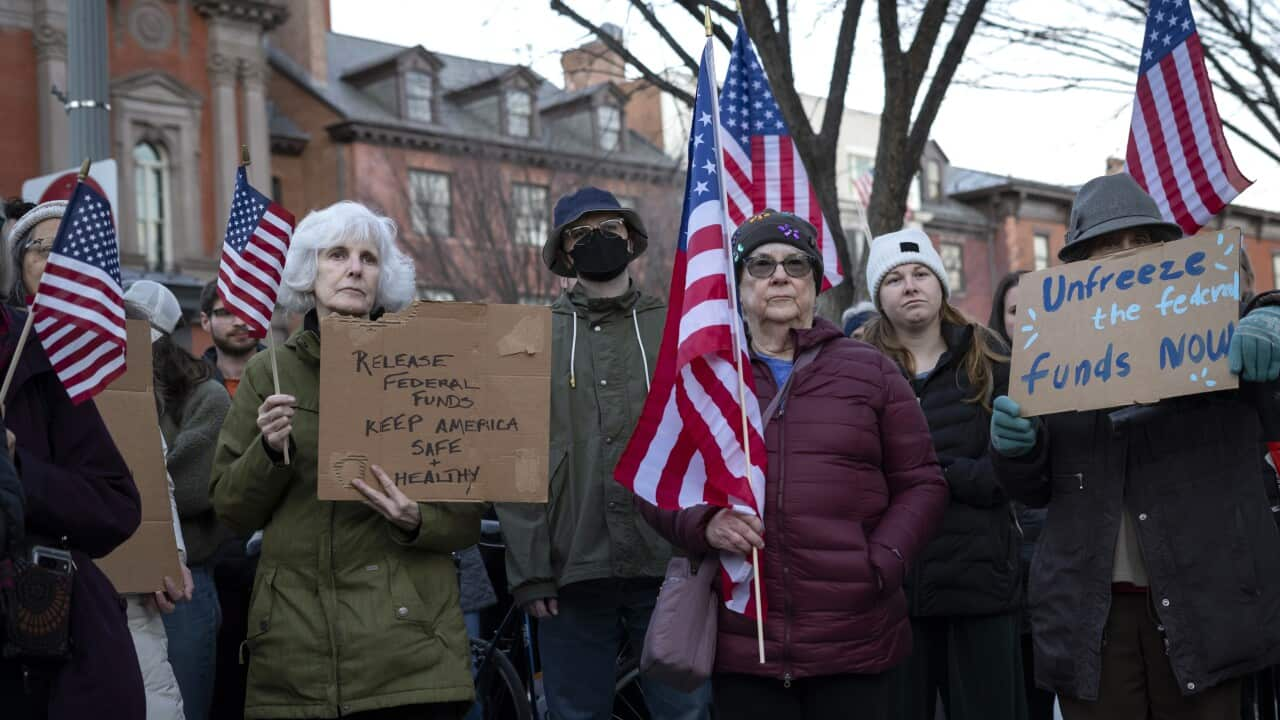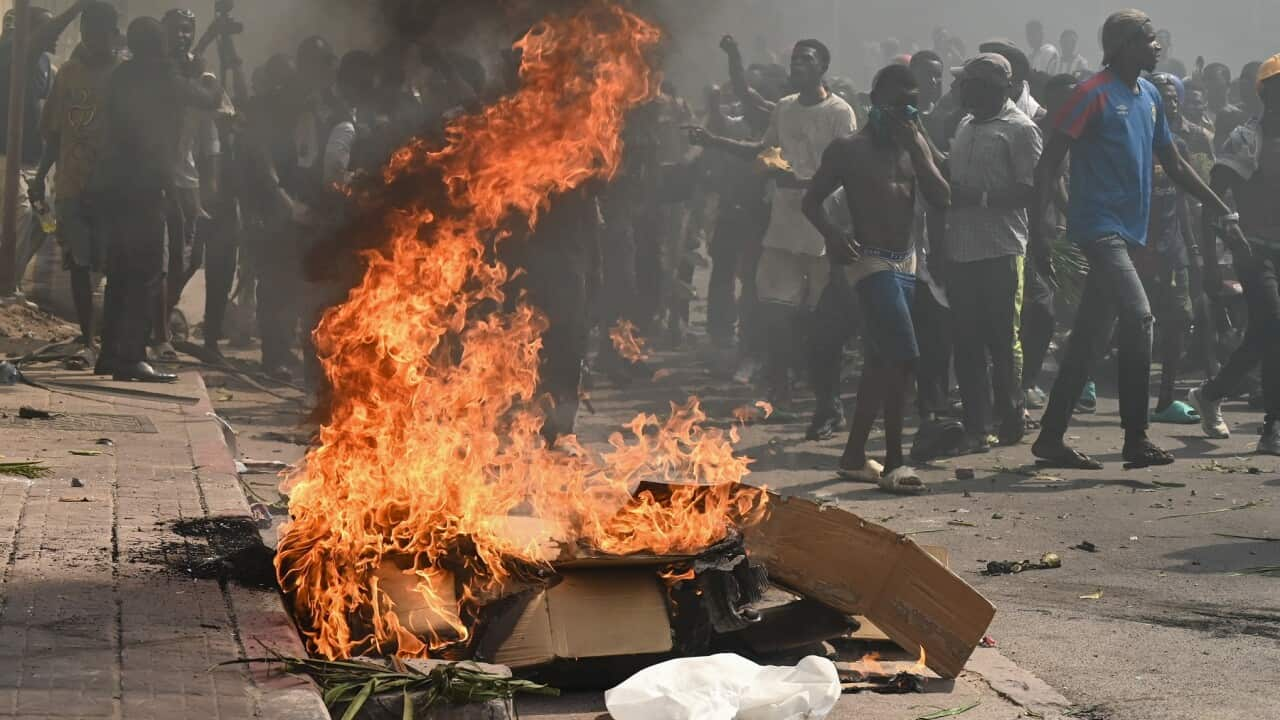TRANSCRIPT
When the scorching summer heat hits, many Australians head to the beach to cool off, but for those experiencing homelessness, that’s not an option.
The homeless and those at risk of homelessness are some of the most vulnerable when it comes to the deadly consequences of heatwaves.
This summer, a team of researchers have collaborated to create the country’s first mobile cooling hub.
Timothy English, the lead researcher on the project, says people are surprised when he tells them heatwaves kill more people than any other natural disaster, attributing it to their less visible nature compared to earthquakes and floods.
“I mean for an earthquake, for floods and things, they can show that, it’s very vivid. Whereas for the heat, you can show some heatwaves coming off the tarmac, that’s about it really, so it doesn’t have that shock. So when I say that heatwaves kill more people than any other natural disaster, people are like ‘what, no way’, but it is that way and it’s because of that physiological strain on the body.”
The cooling hubs are a joint project between the University of Sydney, St Vincent’s Hospital, the University of Technology Sydney, Queensland University of Technology and the City of Sydney.
The pop-up hubs are assembled on hot days at city parks close to where homeless communities are, and provide food, socialisation, fans, cold water and most importantly, spray bottles for misting.
Timothy English again:
"So at the cooling hub we’re offering cold water to drink, but also cold water to spray on the skin, and then big industrial-sized fans that create a lot of airflow, and this increases evaporative heat loss and it’s one of the best ways we can keep cool, when that sweat and the water on the skin evaporates, it’s the best way we can keep cool, obviously second to if you can actually afford air conditioning and reduce the temperature completely.”
He says the homeless are particularly vulnerable - but people who live in houses with no air conditioning can be at risk too.
“They are so at risk because they’re exposed to the external factors so much more than say those, working in an office or those in their homes that actually have shelter from the heat. Also here, there’s some social housing, they don’t have air conditioning in that social housing. There has been anecdotal evidence, some people saying they need to leave their houses, their apartments to come out to seek refuge because they think it’s hotter within their social housing.”
Adam Abbi is in that exact situation - he lives in social housing but with no way to cool down, he and his aging dog headed for the hub.
“Well today I had nowhere to go because they were meant to put me in an alternative accommodation while everything’s being repaired but they haven’t yet, so I’ve had nowhere to go, and today is the hottest day ever and here I am, in the lovely cooling hub in Surry Hills, in Ward Park, and I’m so happy and grateful I can’t tell you. Because my dog – I don’t mind being hot, I’m from Queensland, you just sit there and you’re sweating for no reason – but she needs, she’s 17, so she needs to be comfortable and cool.”
Alan Patrick McLeod has been experiencing homelessness for eighteen months.
The hub brought him a welcome respite.
“Feels kinda like I’m just at the beach more or less, you know, and engaging with some of the workers too. The heart rate, everything slows down, I’m relaxed and all of a sudden we’re water fighting. It’s a beautiful place, very beautiful.”
Timothy English says people need to understand the dangers of a hot climate:
“I’ve done a radio interview before and some of the feedback coming in is, ‘get over it mate, it’s hot, that’s what it is in Australia, it’s hot, get over it’. I think it just feeds into that lack of awareness of just how dangerous the heat can be.”
Mr English hopes that this project takes off not just across the country, but internationally as well.













